
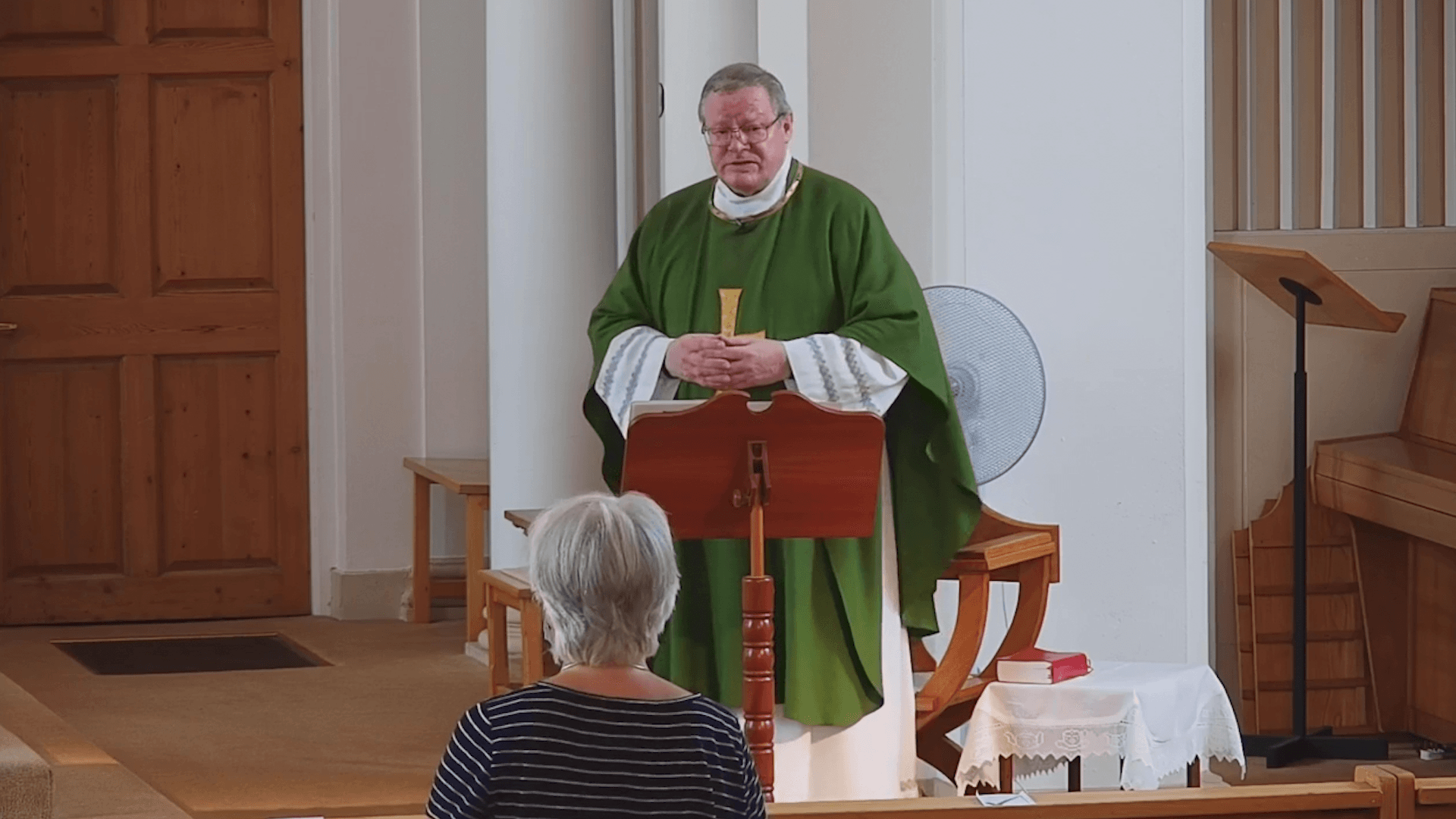
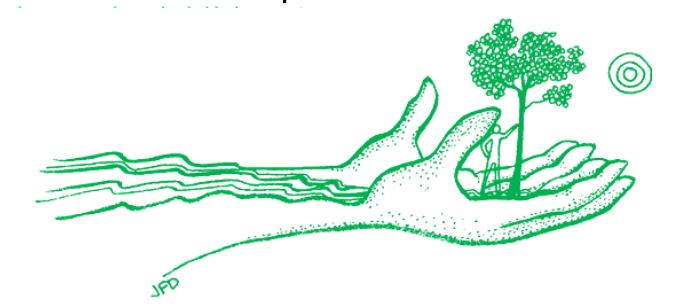

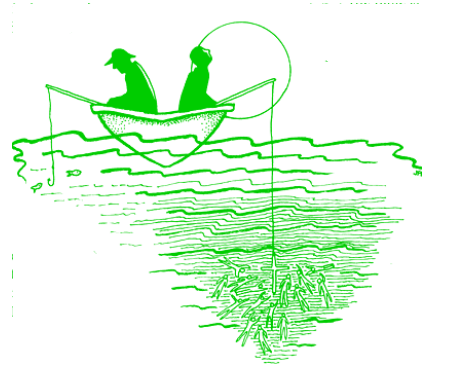

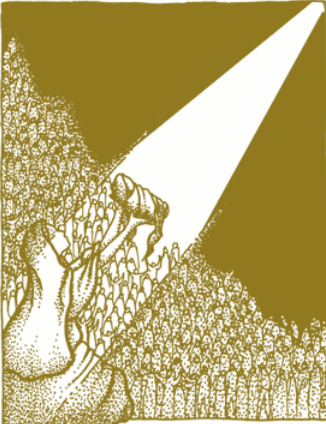


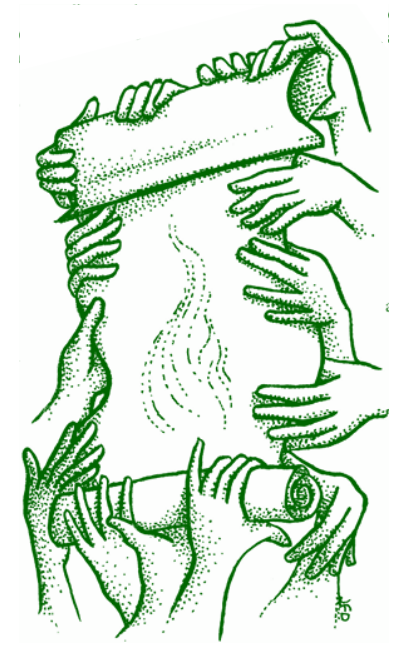

The account of the healing of the foreign leper Naaman in the Second Book of Kings is matched to the story of Jesus healing ten lepers, including one foreigner in the Gospel today. Both tell of the desperate plight of the outcast men who are willing to do anything, even follow the commands of someone they had never met who was from another country or religion, in the hopes of being cured. Both converted to the worship of God when they experienced his power in their healing. Both are willing to proclaim their new allegiance loud and clear for all to hear. As the Gospel reading unfolds, Jesus is traveling through a region where Jews and Samaritans generally lived segregated lives because of their distaste for the others’ religious practices. Although both groups shared a distant, common religious history, they suffered a divisive break which left the two groups embittered with each other.
In those times, the disease of leprosy was such a curse that lepers were forced to remain outside of regular society lest they infect others with their sickness. Even if their skin disease was not contagious, having leprosy was a mark of being unclean and so “unholy.” For a leper to come into contact with a clean person would automatically render that person unclean too. That is why the ten lepers stood at a distance from Jesus. Following all the legal requirements, they shouted to get his attention, thereby warning him not to come into physical contact with them and accidentally get contaminated. In this case, the social effects of the disease brought together ten Jews and Samaritans whose common suffering overcame their religious and ethnic conflicts.
Like Naaman, the foreigner healed of leprosy in the first reading, the Samaritan leper here is humble enough to seek out and accept healing from his people’s “enemy.” Not only that, but both Naaman and the Samaritan lepers enthusiastically embrace the God who has healed them. They respond by boldly and publicly proclaiming their new belief.
Questions of the Week
What examples do you have of common suffering that has bonded two or more very different people together?
When have you been the recipient of help or kindness from someone you may have been suspicious of or even felt downright negatively about?









